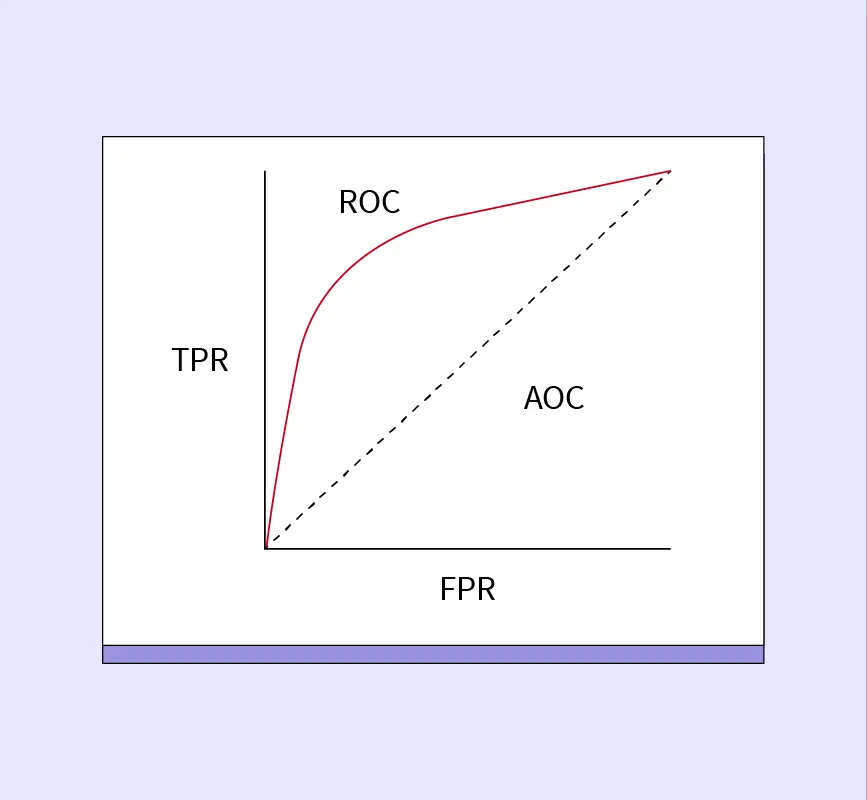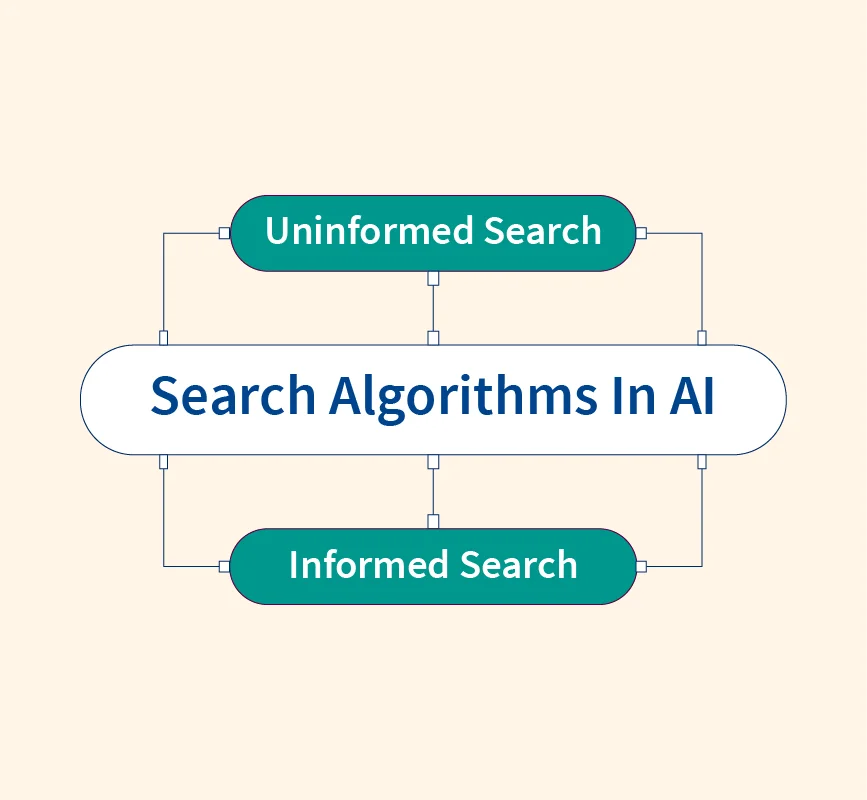Neural networks are a cornerstone of modern machine learning, mimicking the brain’s ability to recognize patterns and learn from data. At the heart of these networks is the backpropagation algorithm, which enables them to learn and improve by minimizing the difference between predicted and actual outputs. Without backpropagation, neural networks would struggle to adjust weights and biases, limiting their accuracy in tasks like image recognition and language processing.
Backpropagation is particularly valuable in deep learning, where multi-layered networks require efficient weight updates to achieve optimal performance. This algorithm has driven many significant advancements, allowing neural networks to handle complex, non-linear relationships. In this article, we’ll dive into the mechanics of backpropagation, its benefits, and its practical implementation.
What is Backpropagation?
At its core, backpropagation is a supervised learning algorithm used for training artificial neural networks. It’s an abbreviation of “backward propagation of errors,” reflecting how it works to adjust the weights of the network to minimize error in predictions. This method optimizes the neural network by calculating the gradient of the loss function with respect to each weight using the chain rule, effectively reversing through the network from output to input layers.
The primary goal of backpropagation is to improve the network’s predictions. After the network processes an input and generates an output, the algorithm compares this output to the actual target value, computes the error, and then propagates this error back through the network layers. By adjusting the weights in the network proportionally to the error, the network becomes better at producing accurate results with each training iteration.
Backpropagation is especially powerful in deep learning, where neural networks often have multiple hidden layers. It helps in optimizing weights across these layers to ensure minimal error and maximum performance.
Objective of Backpropagation Algorithm
The primary objective of the backpropagation algorithm is to minimize the error between the predicted output of the neural network and the actual target output. This is accomplished by adjusting the weights and biases in the network to improve its ability to make accurate predictions over time. Backpropagation achieves this by using a loss function (such as Mean Squared Error) to measure the performance of the network and guide the adjustments made during training.
In essence, backpropagation continuously refines the model’s internal parameters to reduce the difference between the expected outcome and the actual outcome. This is a crucial process for neural networks to learn from data and become more accurate with each iteration of training.
The key goals of the backpropagation algorithm are:
- Minimize the error: Backpropagation reduces the difference between the predicted and actual results by making incremental adjustments to the network’s weights.
- Optimize model parameters: The algorithm calculates gradients to update weights and biases, ensuring the neural network becomes more accurate over time.
- Improve network performance: By continuously fine-tuning the model, backpropagation enhances the performance of the neural network, allowing it to better generalize on unseen data.
- Facilitate multi-layer learning: Backpropagation is particularly effective in training deep neural networks, enabling learning across multiple hidden layers, which is essential for solving complex problems.
By meeting these objectives, the backpropagation algorithm is essential for ensuring that neural networks can handle both simple and complex tasks, such as classification, regression, and pattern recognition.
Advantages of Backpropagation Algorithms
The backpropagation algorithm offers several key advantages that have made it a cornerstone of neural network training, especially in deep learning. Below are some of the major benefits:
- Efficient Learning: Backpropagation enables neural networks to learn from data in a structured and efficient manner, allowing the model to converge faster compared to other learning algorithms.
- Scalability: It is highly scalable and can be used for training both shallow and deep neural networks, making it suitable for a wide range of tasks, from simple classification to complex image recognition.
- Handling Non-linear Relationships: Backpropagation is particularly powerful in networks that deal with non-linear relationships between inputs and outputs, making it ideal for tasks that require high levels of abstraction (e.g., image processing, speech recognition).
- Automation: The algorithm automatically calculates the gradient for all weights in the network, reducing manual intervention and simplifying the optimization process.
- Generalization: By minimizing errors through iterative training, backpropagation helps improve the network’s ability to generalize on unseen data, which is crucial for real-world applications.
- Widely Supported: The backpropagation algorithm is well-supported by popular machine learning frameworks such as TensorFlow and PyTorch, making it easier for developers and data scientists to implement in practice.
- Adaptability: It can be combined with different optimization techniques, such as stochastic gradient descent (SGD), to further improve the efficiency and accuracy of the training process.
These advantages make backpropagation a vital algorithm in the development and training of artificial neural networks, allowing them to achieve high performance across a wide array of tasks.
Types of Backpropagation Algorithms
There are two main types of backpropagation algorithms used in neural network training. These types are based on how the error is propagated through the network.
1. Static Backpropagation
In static backpropagation, the input-output mapping in the neural network remains static, meaning that the model works with a fixed dataset. The network processes each input independently, without any influence from previous inputs. This type of backpropagation is commonly used in tasks like image recognition or classification where the relationships between inputs and outputs do not change over time.
Key characteristics:
- Works with fixed data inputs and outputs.
- Suitable for tasks where each input is independent of the others.
- Commonly used in feedforward neural networks.
2. Recurrent Backpropagation
Recurrent backpropagation is used in networks where outputs not only depend on the current input but also on previous inputs. These networks, known as recurrent neural networks (RNNs), are useful for tasks where the order of inputs matters, such as time series forecasting, natural language processing, or speech recognition. In this case, the algorithm propagates the error through time, adjusting weights based on both current and past data.
Key characteristics:
- Works with sequences of data where inputs are related over time.
- Suitable for tasks like language translation, speech recognition, and time series analysis.
- Commonly used in recurrent neural networks (RNNs).
Forward Pass vs. Backward Pass in Backpropagation Algorithm
The backpropagation algorithm works in two main stages: the forward pass and the backward pass. Both of these passes play crucial roles in how a neural network learns from data.
1. Forward Pass
During the forward pass, data flows through the network from the input layer to the output layer. Here’s how it works step-by-step:
- The input data is passed into the network.
- The data moves through each layer of the network, where it is multiplied by weights and modified by activation functions (e.g., ReLU, Sigmoid).
- This process continues until the network generates an output.
At the end of the forward pass, the network makes a prediction based on the input data. However, the output is usually not perfect, and there is an error (or loss), which is the difference between the predicted output and the actual target.
2. Backward Pass (Error Propagation)
Once the error is calculated, the backward pass begins. The goal of this pass is to reduce the error by adjusting the weights of the network. Here’s how it works:
- The error from the output layer is propagated backward through the network.
- The algorithm computes how much each weight in the network contributed to the error by calculating gradients (derivatives) using the chain rule of calculus.
- These gradients are used to update the weights in a way that reduces the error, helping the network make better predictions in the future.
This process of updating weights is repeated many times during training. With each iteration, the model learns to make more accurate predictions by minimizing the error.
Example of Backpropagation in Machine Learning
To better understand how backpropagation works, let’s walk through a simple example using the well-known XOR (exclusive OR) problem. This problem is a common test case for neural networks because it involves non-linear relationships that cannot be solved by simple models.
XOR Problem
The XOR problem takes two binary inputs and outputs a binary value:
- Input: (0, 0) → Output: 0
- Input: (0, 1) → Output: 1
- Input: (1, 0) → Output: 1
- Input: (1, 1) → Output: 0
A neural network can solve this problem by learning to predict the correct outputs based on the inputs using backpropagation.
Step-by-Step Example
1. Implementing Forward Propagation
- Input Layer: The input values (0,0), (0,1), (1,0), and (1,1) are passed through the input layer of the network.
- Hidden Layer: The inputs are multiplied by weights, and the sum is passed through an activation function (e.g., Sigmoid or ReLU) in the hidden layer to introduce non-linearity.
- Output Layer: The final values from the hidden layer are again multiplied by weights and passed through the activation function to produce an output.
At this point, the network predicts an output. However, this prediction might not match the actual target (e.g., predicting 0 when the correct output is 1). This is where the error comes in.
2. Implementing Backward Propagation
- Error Calculation: The difference between the predicted and actual output is calculated (e.g., Mean Squared Error).
- Gradient Calculation: The error is propagated backward through the network, and the gradient of the error with respect to each weight is computed.
- Weight Updates: The weights are updated based on the gradients, with the goal of reducing the error for the next iteration.
This process is repeated for each input-output pair, and with each cycle, the weights are adjusted to make the predictions more accurate. After multiple training iterations, the network becomes capable of solving the XOR problem with high accuracy.
Coding Backpropagation in Python
Implementing backpropagation in Python can be done using basic libraries like NumPy. Below, we will create a simple neural network from scratch and implement backpropagation for training it on a dataset, such as the XOR problem.
Step 1: Building Blocks
To start, we need to define the basic components of a neural network: initialization of weights, activation functions, and their derivatives.
import numpy as np
# Sigmoid activation function
def sigmoid(x):
return 1 / (1 + np.exp(-x))
# Derivative of the sigmoid function
def sigmoid_derivative(x):
return x * (1 - x)
# Initialize weights randomly with mean 0
np.random.seed(1)
input_size = 2 # XOR has two inputs
hidden_size = 2 # We are using a small hidden layer with two neurons
output_size = 1 # XOR outputs either 0 or 1
# Randomly initialize weights
weights_input_hidden = 2 * np.random.random((input_size, hidden_size)) - 1
weights_hidden_output = 2 * np.random.random((hidden_size, output_size)) - 1
Here, we have:
- The sigmoid function as the activation function, which introduces non-linearity.
- The sigmoid_derivative function, which is needed during the backpropagation step to calculate the gradients.
- Randomly initialized weights for both the input-to-hidden and hidden-to-output layers.
Step 2: Forward and Backward Pass Implementation
Now, let’s define the forward and backward passes to train the network
# Input dataset for XOR
inputs = np.array([[0, 0], [0, 1], [1, 0], [1, 1]])
outputs = np.array([[0], [1], [1], [0]])
# Training process
epochs = 10000
learning_rate = 0.1
for epoch in range(epochs):
# Forward pass
hidden_layer_input = np.dot(inputs, weights_input_hidden)
hidden_layer_output = sigmoid(hidden_layer_input)
final_layer_input = np.dot(hidden_layer_output, weights_hidden_output)
predicted_output = sigmoid(final_layer_input)
# Calculate the error
error = outputs - predicted_output
# Backward pass (error propagation)
final_layer_delta = error * sigmoid_derivative(predicted_output)
hidden_layer_error = final_layer_delta.dot(weights_hidden_output.T)
hidden_layer_delta = hidden_layer_error * sigmoid_derivative(hidden_layer_output)
# Update the weights
weights_hidden_output += hidden_layer_output.T.dot(final_layer_delta) * learning_rate
weights_input_hidden += inputs.T.dot(hidden_layer_delta) * learning_rate
# Optionally print the error to track progress
if (epoch % 1000) == 0:
print(f'Error after epoch {epoch}: {np.mean(np.abs(error))}')Explanation:
- Forward Pass: The input is multiplied by the input-to-hidden layer weights, and the hidden layer output is passed through the activation function. The hidden layer output is then multiplied by the hidden-to-output layer weights to get the final predicted output.
- Error Calculation: The error between the predicted and actual output is calculated.
- Backward Pass: The gradients for each layer are computed using the derivative of the sigmoid function, and the weights are updated accordingly.
- Weight Updates: The weights are updated using the gradients and the learning rate.
Step 3: Training the Network
This simple XOR example trains the network over 10,000 epochs. With each iteration, the network learns by adjusting the weights to minimize the error.
Step 4: Testing the Trained Model
Once the model is trained, we can test it on the same XOR inputs to see if it correctly predicts the output.
# Test the trained model
hidden_layer_input = np.dot(inputs, weights_input_hidden)
hidden_layer_output = sigmoid(hidden_layer_input)
final_layer_input = np.dot(hidden_layer_output, weights_hidden_output)
predicted_output = sigmoid(final_layer_input)
print("Predicted outputs after training:")
print(predicted_output)After training, the predicted outputs should be close to the actual XOR outputs: [0, 1, 1, 0].
Conclusion
The backpropagation algorithm is a critical method in training artificial neural networks, allowing them to learn from data by minimizing errors between predicted and actual outputs. It works in two stages: the forward pass, where input data flows through the network to generate predictions, and the backward pass, where the error is calculated and propagated back through the network to adjust weights and biases. This process, repeated over many iterations, helps improve the network’s accuracy over time.
Backpropagation is widely used in deep learning due to its efficiency in training multi-layered networks and handling non-linear relationships. Its advantages include scalability, automation of gradient calculations, and the ability to generalize well to unseen data. This makes it suitable for complex tasks like image recognition, language processing, and time series forecasting. Understanding backpropagation is essential for anyone looking to build effective machine learning models.


